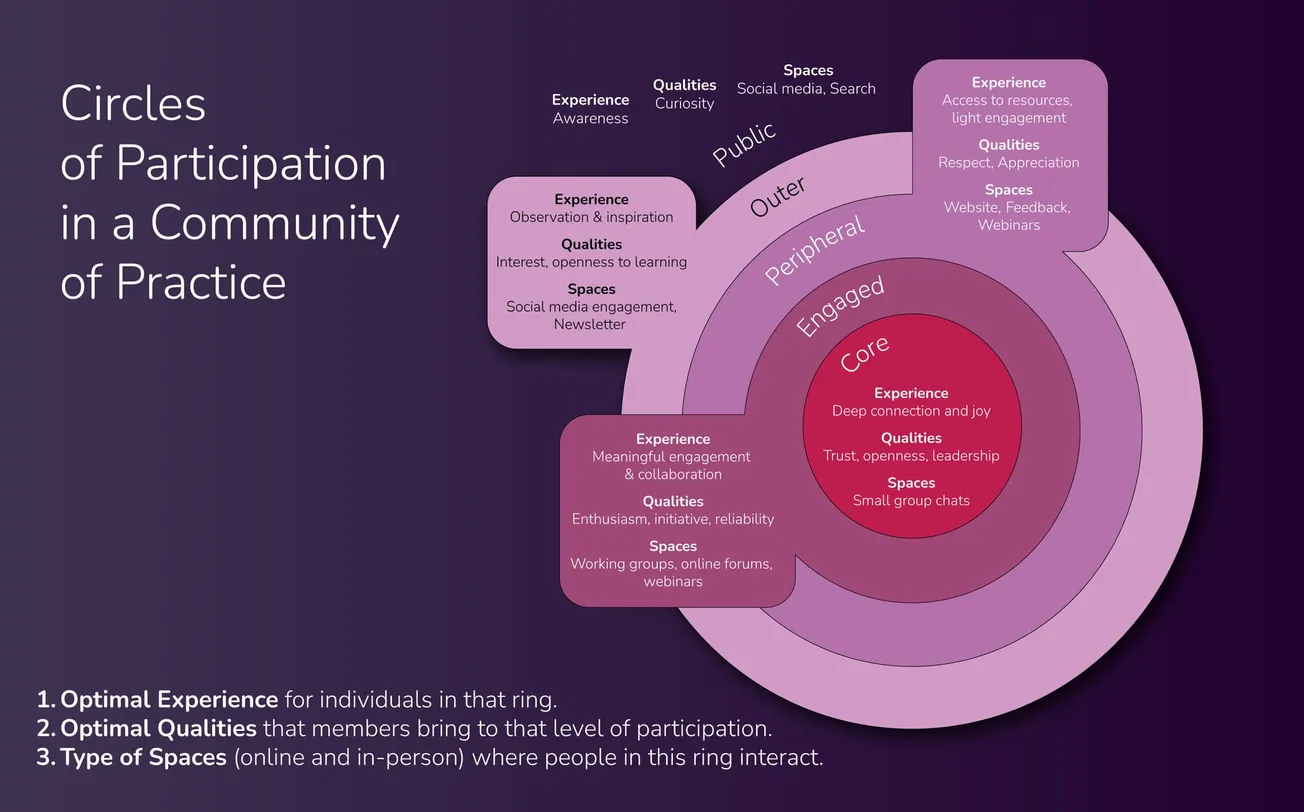Table of Contents
The Paris Agreement provided a clear metric for mitigation: limiting global warming to 1.5°C above pre-industrial levels. But for climate adaptation, no such universally accepted measure exists. At COP29, the international community faces a critical challenge: defining metrics to gauge progress on adaptation—a task complicated by the diffuse and context-specific nature of adaptation itself.
This is not just a matter of semantics or theory. As disasters become more frequent and severe, affecting billions globally, the need for actionable, measurable adaptation strategies has never been more urgent. Yet, the question remains: how do we measure adaptation success?
Defining Climate Adaptation: A Multifaceted Task
Adaptation refers to the adjustments in natural or human systems in response to actual or expected climatic stimuli, moderating harm or exploiting beneficial opportunities. In practice, this includes everything from building seawalls to developing drought-resistant crops. However, adaptation is inherently local, tied to specific risks, vulnerabilities, and capacities. Unlike emissions reductions, which can be quantified in global terms (e.g., CO₂ levels), adaptation success depends on context-specific outcomes.
This complexity is reflected in the staggering 10,000 indicators proposed by negotiators at COP29. From specific metrics like “area of contorta pine” to vague concepts like “types of synergies created,” these proposals underscore the challenge of creating a universal framework for adaptation.
The Need for Practical Metrics
To move beyond abstraction, we must ask: what makes a good adaptation metric? Effective indicators should be:
- Relevant: They must address the specific risks and vulnerabilities of the target area.
- Scalable: Metrics should work at local, national, and global levels.
- Actionable: Indicators should provide clear guidance for policy and investment decisions.
- Comparable: They must allow for cross-country comparisons to track global progress.
Canada's Metrics for Climate Adaptation
For reference, Canada’s approach to measuring success in climate adaptation is outlined in its National Adaptation Strategy (NAS) and National Adaptation Action Plan (NAAP). The framework includes a combination of metrics to evaluate progress, focusing on reducing risks, increasing resilience, and fostering equity and inclusivity in climate adaptation efforts. These metrics fall under the following broad categories:
1. Risk Reduction and Preparedness
The NAS emphasizes measurable reductions in climate-related risks to communities, infrastructure, health, and ecosystems. Key metrics include:
- Reduction in economic losses from climate-related disasters (e.g., floods, wildfires, droughts).
- Percentage of critical infrastructure upgraded to be climate-resilient.
- Improved risk assessments: Regular updates to hazard maps and vulnerability assessments.
- Implementation of early warning systems for extreme weather events.
2. Resilience of Natural and Built Systems
To track the resilience of ecosystems and infrastructure:
- Increase in the number of nature-based solutions implemented, such as wetland restoration or urban green spaces.
- Extent of biodiversity protected: Measured through species conservation metrics and the percentage of protected land and marine areas.
- Reduction in service disruptions for infrastructure during extreme events (e.g., power outages, transportation delays).
3. Community and Individual Preparedness
The success of adaptation depends on the capacity of communities and individuals to respond to climate impacts:
- Percentage of municipalities with adaptation plans aligned with NAS principles.
- Level of community engagement and education on climate adaptation (e.g., participation in workshops, access to adaptation tools).
- Decrease in vulnerability indices for marginalized and at-risk populations.
4. Health and Well-Being
Metrics related to reducing health impacts include:
- Decrease in heat-related illnesses and deaths due to heatwaves.
- Reduction in the spread of vector-borne diseases like Lyme disease or West Nile virus.
- Access to clean air and water: Measuring improvements in air quality and water infrastructure.
5. Economic Resilience
To track the adaptability of the economy:
- Number of green and climate-resilient jobs created.
- Investment levels in climate adaptation projects by public and private sectors.
- Reduced insurance payouts for climate-related damages, indicating improved resilience.
6. Equity and Inclusivity
Ensuring that adaptation measures are equitable is a core principle of the NAS:
- Engagement of Indigenous communities in adaptation planning and implementation.
- Access to adaptation resources for low-income, rural, and remote communities.
- Reduction in disparities in climate impacts between different socio-economic groups.
7. Progress on Targets and Timelines
The NAS establishes short-, medium-, and long-term targets. Metrics track:
- Completion rates for adaptation projects within specified timelines.
- Progress on specific action items under the NAAP.
- Alignment with international benchmarks like the Paris Agreement or the UN Sustainable Development Goals (SDGs).
Monitoring and Reporting Mechanisms
- Annual Reports: Progress updates tied to indicators and milestones.
- Adaptation Scorecards: A system to evaluate efforts across federal, provincial, and local governments.
- Collaboration with external bodies: Involvement of academics, Indigenous organizations, and NGOs to validate data and provide independent assessments.
Canada’s metrics for measuring adaptation success focus on tangible reductions in risks, increased resilience of systems, and equitable outcomes for all Canadians.
Bridging the Funding Gap
One critical aspect of adaptation often overlooked is the capacity to implement these strategies. Canada is a wealthy country and has the means to deliver on its goals. Developing nations, particularly small island states, are not so lucky. They argue that tracking “means of implementation”—including funding and institutional capacity—must be at the heart of any adaptation metric. Without adequate money behind them, adaptation plans are doomed to remain on the shelf.
Lessons from Research
Emerging research offers valuable insights on how to create solid metrics.
- Context-Specific Indicators: Studies emphasize the need for localized metrics that reflect specific climate risks and societal priorities. For example, the Adaptive Capacity Index (ACI) evaluates a country’s ability to respond to climate risks based on governance, economic resources, and infrastructure.
- Compound Metrics: Combining indicators can offer a more holistic view. For instance, tracking both economic losses avoided and improvements in ecosystem health provides a clearer picture of adaptation success.
- Participatory Metrics: Involving local communities in defining and tracking metrics ensures relevance and equity, aligning outcomes with lived experiences and priorities.
- Dynamic Tracking: Adaptation is a moving target. Metrics should be periodically reviewed and updated to reflect new risks, technologies, and societal needs.
One Metric to Rule Them All?
Amid the complexity of measuring climate adaptation progress is there one metric we can use as a short hand that will cut through the complexity (and cost) of measuring progress? How do we simply, clearly, and forcefully communicate to the public that we're making progress or falling behind?
Health—redefined to include systemic health—could serve as a unifying metric. Like planetary health, systemic health encompasses not just human well-being but the health of all interconnected systems: ecological, social, and economic. A healthy system functions effectively, adapts to shocks, and contributes positively to the health of its broader environment. This recursive definition ensures no system is truly healthy unless it benefits the larger networks it operates within, fostering equity, resilience, and sustainability. Specific indicators would measure human well-being (e.g., access to clean water and reduced climate-related diseases), ecosystem resilience (e.g., biodiversity and functionality), and socio-economic stability (e.g., equitable resource distribution and livelihood security) at the same time and be treated as inseparable.
The Way Forward
At COP29, negotiators can establish a practical framework for tracking adaptation progress. While perfect metrics may be unattainable, combining core global indicators and context-specific measures could strike the right balance between universality and flexibility.
To achieve this, we need:
- Global Coordination: The UN could lead in defining a minimum set of core indicators while allowing flexibility for local adaptations.
- Increased Funding: Rich countries must commit to supporting developing nations, not just in planning adaptation but in implementing and scaling it.
- Transparency and Accountability: Metrics must be backed by robust data collection, reporting, and independent verification mechanisms.
Adaptation is as much about resilience and equity as it is about infrastructure. The stakes couldn’t be higher. By defining meaningful metrics, we can ensure that adaptation efforts are measurable and transformative—helping vulnerable populations and ecosystems survive and thrive in a warming world.






